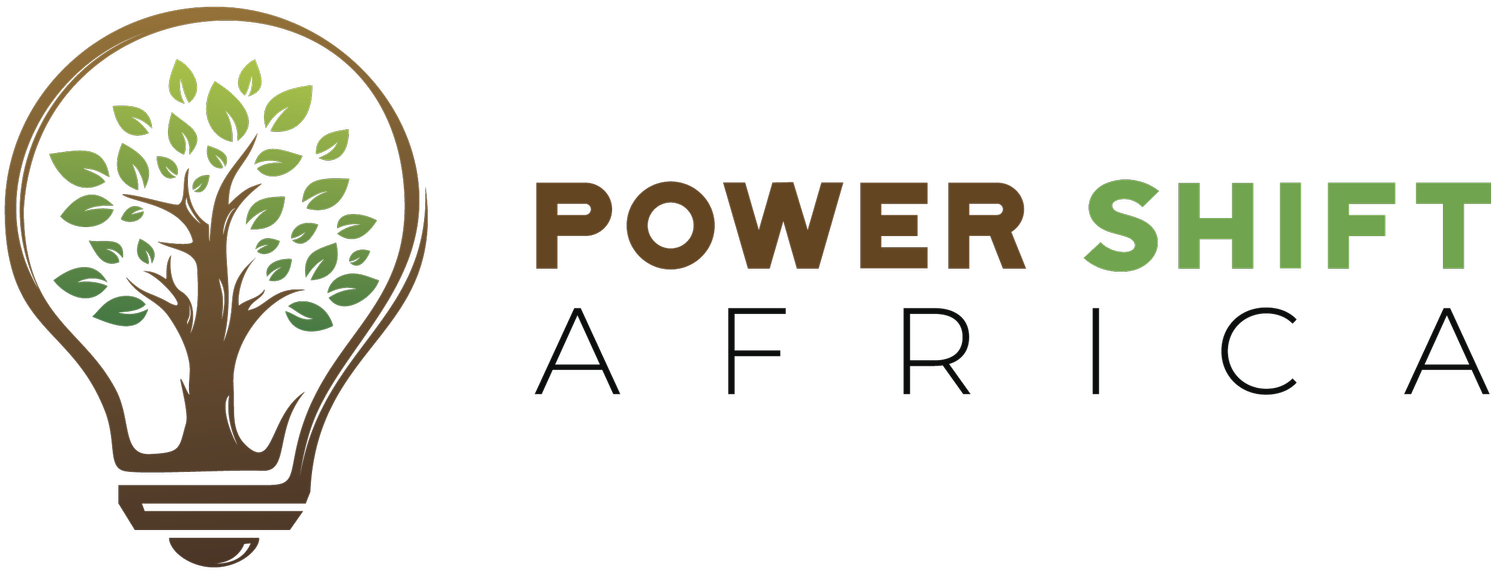Adaptation 101 : Why it’s important for vulnerable communities
BY AMY G. THORP
Imagine you are a farmer who relies on selling crops at the local market to support your family’s livelihood and children’s education. It’s spring, and you are ready to plant for the next season. Just before planting, you receive an early warning from local news and weather services predicting that this year’s El Niño-induced drought will be the worst in decades.
What do you do?
You might switch to Indigenous and drought resistant seeds like sorghum, use composting, mulching, and enhance soil fertility to improve water retention. You might also diversify crops and include agroforestry to stabilize your harvests.
All these are strategies to adapt, protect your farm and family’s livelihood from the sting of the drought.
What is Adaptation?
Similarly, when we talk about climate adaptation, we are referring to actions that individuals, communities or governments take to adjust to changing and new circumstances related to climate impacts.
These actions can help reduce harm and protect our social, economic, political, and ecological systems from adverse climate impacts.
Adaptation solutions can take many forms depending on the context. These are:
Setting up early warning systems for cyclones or floods
Adopting sustainable agricultural practices (e.g. crop rotation, composting, etc.)
Building climate resilient infrastructure
Restoring and protecting biodiversity (e.g. coastal mangroves, forests, grasslands)
Using water saving techniques (e.g. drip irrigation, rainwater harvesting, swales)
Building flood protection systems and incorporating green infrastructure (e.g. mangroves, coral reefs, dunes, etc.) to protect against climate impacts
Whether it's changing crop types or water practices in response to drought, adaptation requires a change in practices or processes, flexibility and being proactive to reduce vulnerability and build resilience to climate impacts.
People’s livelihoods and rights, together with protection of biodiversity, must be at the heart of adaptation efforts.
How does adaptation differ from mitigation?
For years, much of the focus on climate change has centered on mitigation and energy, given that fossil fuels are primary driver of the climate crisis. With the world heating up and devastating climate impacts occurring almost daily, the urgency for adaptation, particularly for climate hotspots and vulnerable regions like Africa, has grown.
This table illustrates key distinctions between climate mitigation and adaptation in terms of:
i) meaning / definition
ii) what it does
iii) goals
iv) focus
v) geographies
vi) examples
Amy Giliam Thorp is the Senior Climate Adaptation and Resilience Policy Advisor at Power Shift Africa

